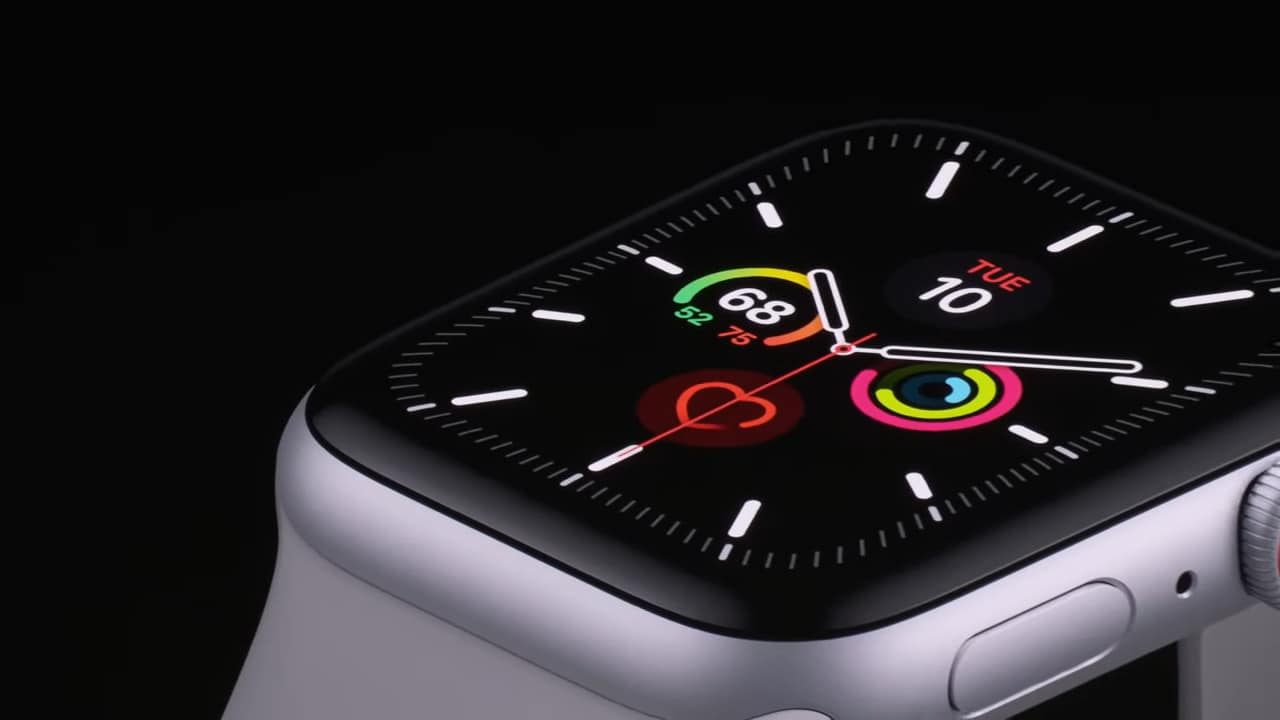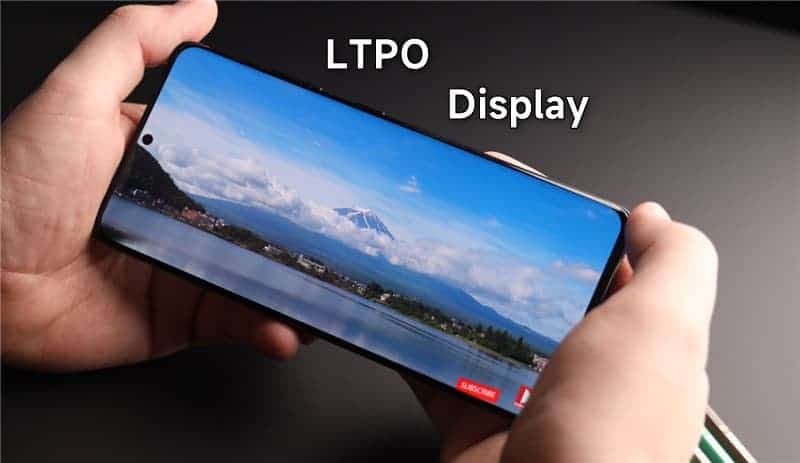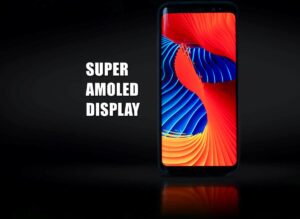Smartphones with screens like Super Amoled can be more energy efficient, with a high refresh rate making movements on the screen (such as scrolling) smoother. But the high refresh rate can drain the battery.
That’s where Samsung and Apple’s LTPO display technology comes into play. With more sophisticated capabilities for premium-class smartphone displays.
What is Amoled LTPO Screen?
LTPO stands for Low-Temperature Polycrystalline Oxid . The latest OLED ( organic light-emitting diode ) display technology developed by Apple.
Display technology capabilities that can dynamically change the screen’s refresh rate, without the need for additional components.
With refresh rates that can change quickly, Devices can switch from a high refresh rate to a low refresh rate. Like the adaptive refresh rate on flagship phones.
So when the screen does not change or move, the refresh rate will be lowered. Technological methods like this can help save more battery power.

One of the Apple products that uses LTPO technology is the Apple Watch Series 5, the screen can be scaled at a refresh rate from 60Hz to 1Hz . This makes the smartwatch last longer.
Previously, OLED screens used LTPS (Low-Temperature Poly Silicon) in the TFT (Thin-film Transistor) that formed behind the screen. This effectively created many of the electrical components to run the screen. With an LTPS screen, it allows smartphones to be 20% -30% more efficient than IPS LCD screens.
However, in the LTPS panel, the refresh rate does not allow dynamic or variable refresh rates. Except with in the additional feature of the device to switch between 120Hz or 60Hz.
In contrast, LTPO screens have a combination of LTPS TFT and transistors made of Indium gallium zinc oxide (IGZO). Generates a TFT IGZO rear panel display to drive the screen , while a TFT LTPS will handle the switching circuits. This will result in a more efficient display and can change the refresh rate dynamically.
You know the Apple iPhone 12 doesn’t use an LTPO screen, and Apple doesn’t embed a 120Hz screen either. That’s because IGZO’s TFT is larger than LTPS and doesn’t produce a dense pixel or sharp screen.
But the latest Android flagship phones, such as Samsung and Oppo have found ways to keep the screen sharp on LTPO display technology.
Samsung LTPO

Because LTPO belongs to Apple, Samsung makes its own screen technology that mimics LTPO, and doesn’t force Samsung to pay for patents. The screen technology is HOP.
Hybrid-oxide and Polycrystalline or HOP combines LTPO technology with TFT oxide. Maybe his name is rarely talked about. But this has appeared on the Galaxy Note 20.
And it continues to the Galaxy S21, and comes with an upgrade. With Samsung’s LTPO display, which can reduce the power consumption of the OLED screen by up to 16%. But it still can’t display the refresh rate to 1Hz.
Then came the Dynamic AMOLED 2X on the Samsung Galaxy S22, this generation carries the LTPO feature with a low refresh rate of up to 1 Hz.
The OnePlus 9 Pro was the perfect LTPO start before Samsung . Because it finds the right balance between the balance of refresh rate and battery life. By supporting the refresh rate varies between 120Hz to 1Hz.
Advantages of LTPO Screen 2.0
Here we can conclude that the LTPO screen has is an OLED screen that can display varying refresh rates even to very low levels, as low as 1Hz.
And the main advantage of varying refresh rates (even as low as 1Hz) is that it saves battery life.
Like most new technologies, smartphones with LTPO screen panels will be priced at high prices, and will come in the Flagship class first.
Here is a demonstration of LTPO 2.0 from one plus.
The second generation of LTPO screens has a faster and more reliable level of customization. Can change the refresh rate accurately and flexibly in real-time, according to the content displayed.
The OnePlus 10 Pro is equipped with a global adaptive 120Hz solution, the mobile industry’s first 1Hz AOD display. This technology allows the screen to stay always bright.






